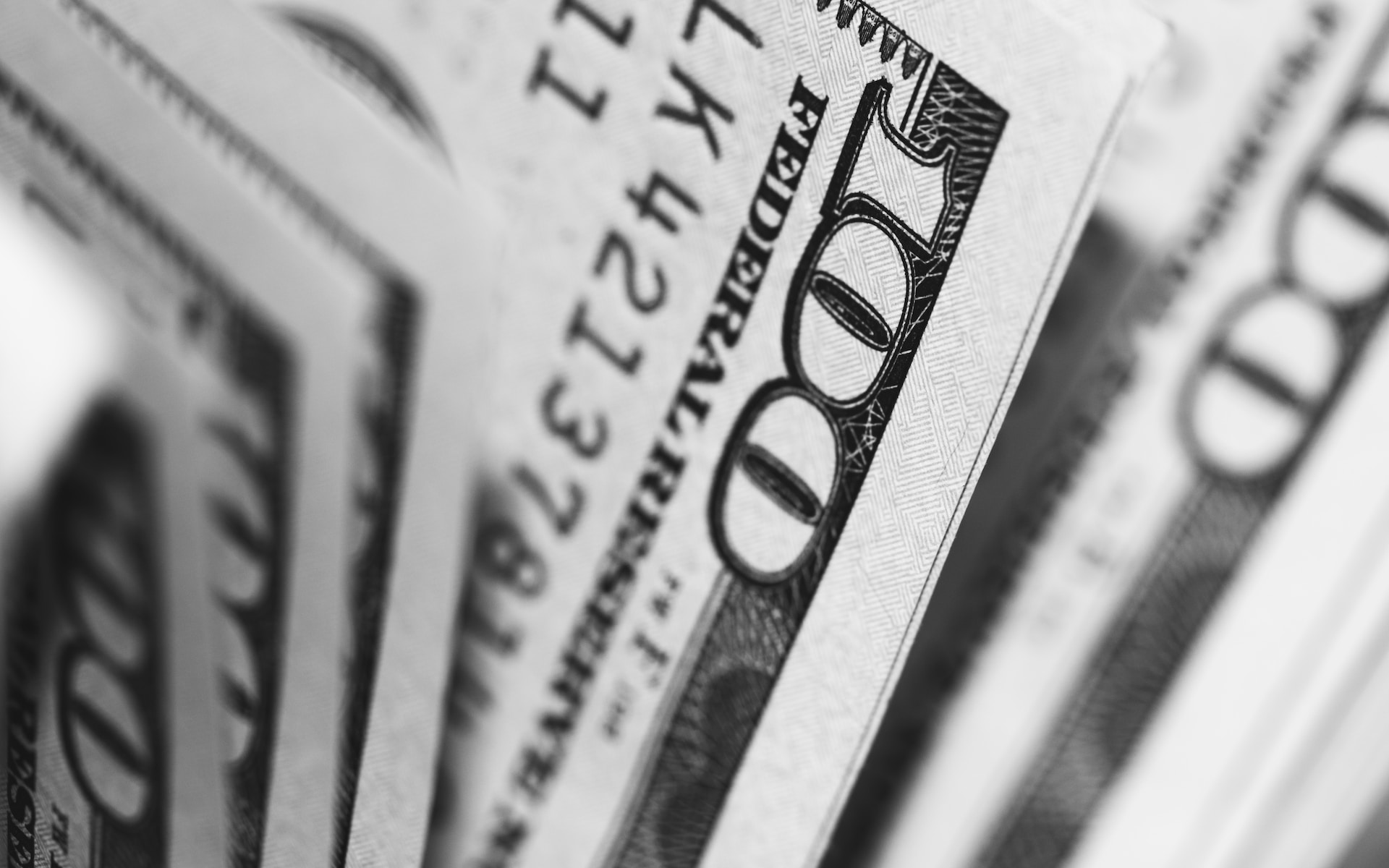Currency was first officially Minted in 600 BCE. The Lydian stater, minted through King Alyattes, is thought to be the first legitimate foreign money and turned into made from a herbal aggregate of silver and gold known as electrum. These coins were imprinted with photos that represented their denominations. Lydia’s forex played a vital position in boosting the country’s internal and external change, making it one of the wealthiest empires in Asia Minor. The word “as wealthy as Croesus” refers back to the last Lydian king who introduced the primary gold coin.
In order to apprehend the transition to paper forex around 1260 CE, it’s far crucial to bear in mind the historical context of the time. The Mongol Empire, led by using Genghis Khan and his successors, had established a big community of alternate routes known as the Silk Road, connecting Asia with Europe and Africa. This facilitated monetary interactions and cultural exchanges between several civilizations.
During this era, traders faced full-size challenges in carrying out long-distance trade, usually due to the weight and safety risks of carrying big portions of metal currencies, together with gold and silver. These demanding situations led to the emergence of numerous styles of credit-primarily based transactions, along with using paper money.
Around 1260 CE, Kublai Khan, the 5th Khagan of the Mongol Empire, carried out paper forex because the legit medium of alternate in the course of his sizeable territory, inclusive of China. Known because the Jiaochao currency, it become sponsored by way of the Mongol government and gradually gained popularity amongst merchants and the general population.
Parts of Europe continued to rely solely on metal coins as their currency until the 16th century. However, the acquisition of new territories through European conquest provided a fresh supply of precious metals, allowing European nations to mint a larger quantity of coins.
However, challenges such as counterfeiting and inflation demonstrated the need for effective regulation and oversight. The key figures involved, such as Kublai Khan and Marco Polo, played significant roles in shaping this transition. By considering historical context, perspectives, and potential future developments, we can gain a well-rounded understanding of this pivotal moment in monetary systems.
Eventually, banks started issuing paper banknotes that depositors and borrowers could carry instead of metal coins. These banknotes could be exchanged for their equivalent value in silver or gold coins at any time. Similar to modern currency, this paper money could be used to purchase goods and services. However, unlike today, these banknotes were issued by banks and private institutions rather than the government, which is now responsible for issuing currency in most countries.
The first paper currency issued by European governments was actually issued by their colonial governments in North America. Because shipments between Europe and the North American colonies took a long time, colonies often ran out of cash. Instead of going back to a barter system, the colonial governments issued IOUs that traded as currency. The first instance was in Canada (then a French colony) in 1685 when soldiers were issued playing cards denominated and signed by the governor to use as cash instead of coins from France.
